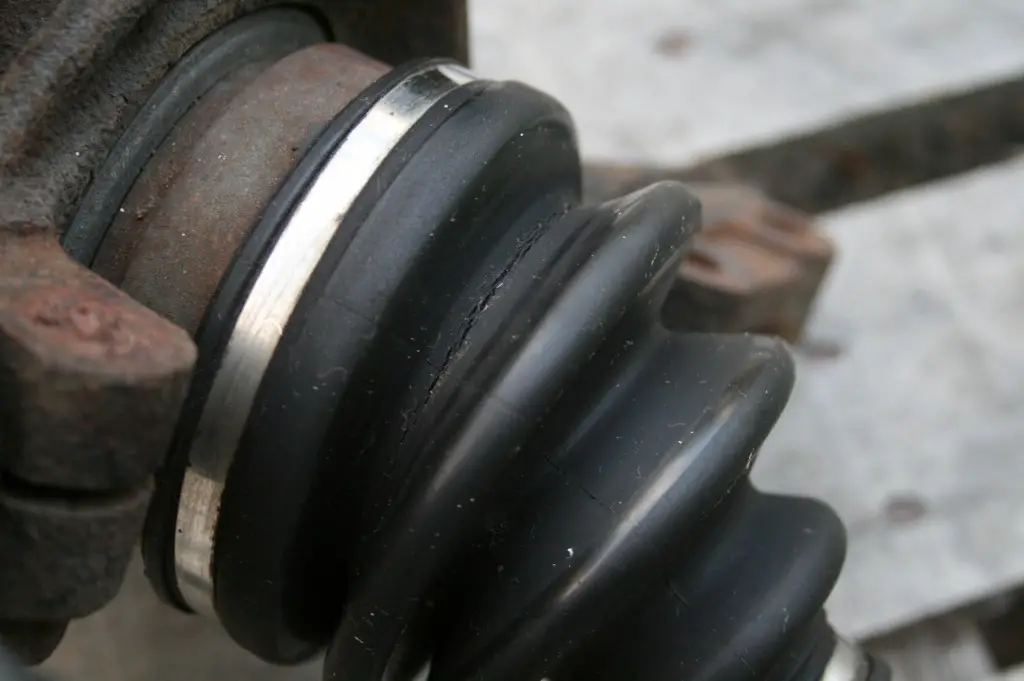CV boot or “constant velocity” boot refers to a plastic or rubber cover of the CV joints in cars. CV joints in the front wheels of the car are the parts that allow transmission of power from the engine to the wheels. This joints perform a very important task for the car in terms of torque and power and they are often in cars that are labelled as “front-wheel drives” or “all-wheel drives”. These CV joints are exposed to constant motion or “velocity” and so must be able to run and function smoothly. The only way to have them protected is through a rubberized or plastic cover called a CV boot.
CV boots basically provide lubrication to the CV joint while in “constant velocity” or motion. Without lubrication, the CV joints of the front wheels will corrode easily because of friction. Through a plastic or rubber cover in the form of CV boots, the joints are protected in the sense that proper lubrication is maintained. Major car damage may result if the CV joints are not lubricated enough when moving. For the front wheel driveshaft, CV boots are necessary to keep the CV joints well-lubricated while in constant motion. The problem with CV boots is that they also have the tendency to degrade over time. Plastic and/or rubber components may break or rip apart while trying to protect the constantly moving CV joints. When this happens, the CV boot will not be able to provide the lubrication and protection that the CV joint needs.
Replacement of CV boots may be necessary if they become damaged or broken. In some cases, professional mechanics may simply replace this particular rubber or plastic component. In some cases, some mechanics may opt to replace the entire driveshaft components. Some may argue that the driveshaft itself may have also been damaged along with the CV boot and so must also be replaced. Labor costs are also said to be basically the same when replacing the CV boot only or the entire driveshaft.










